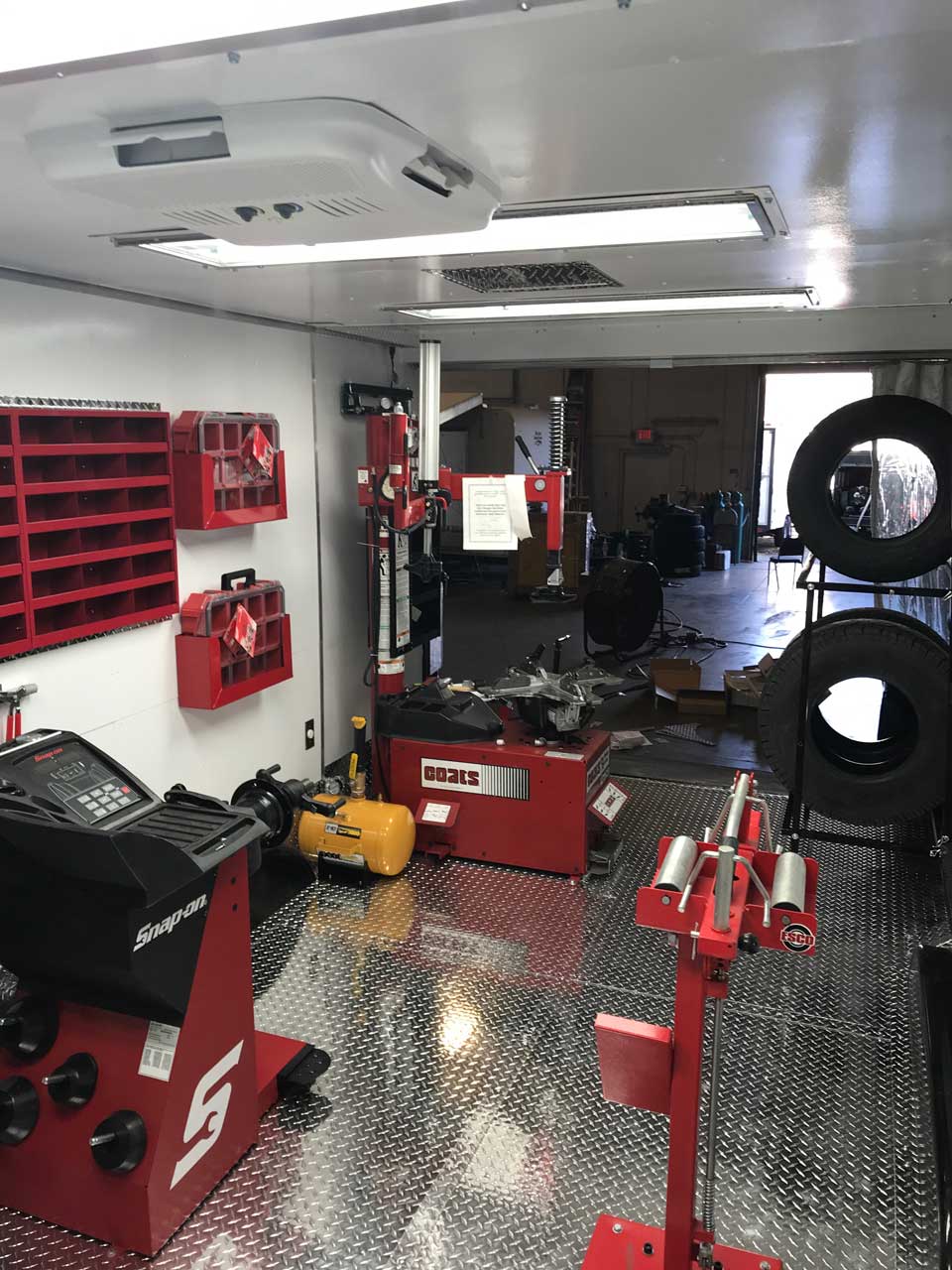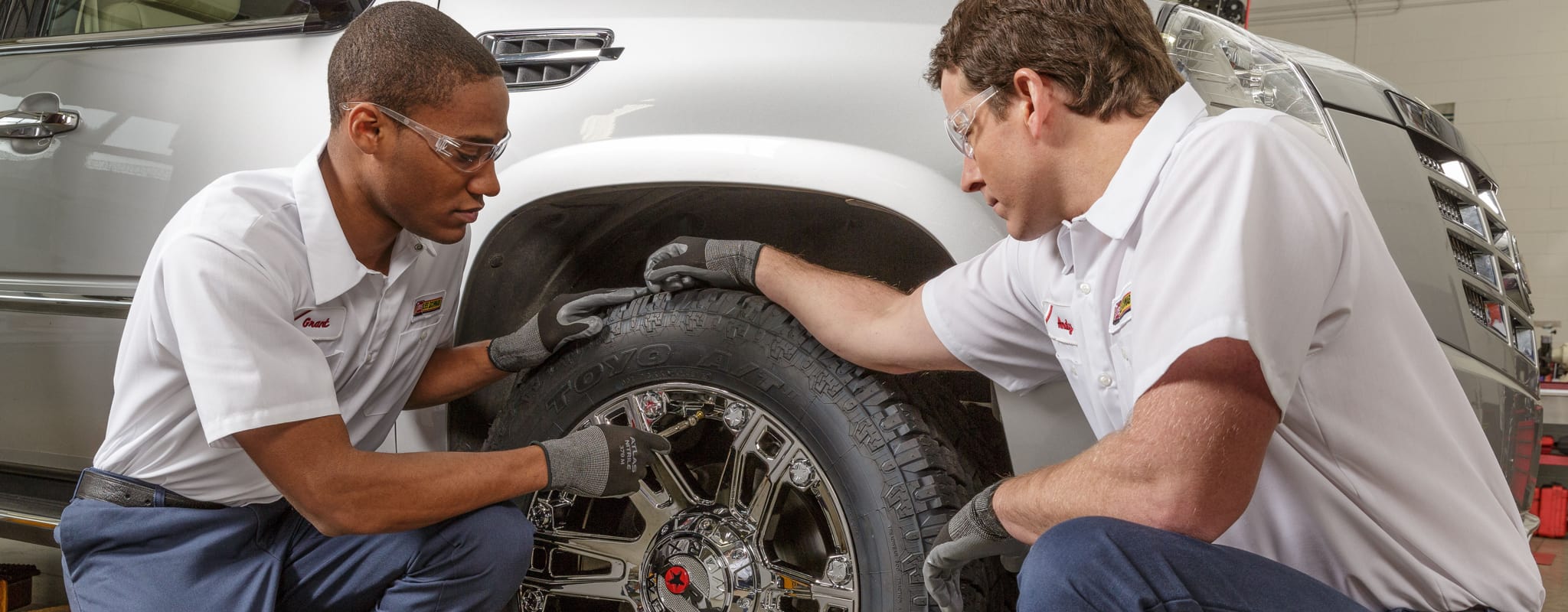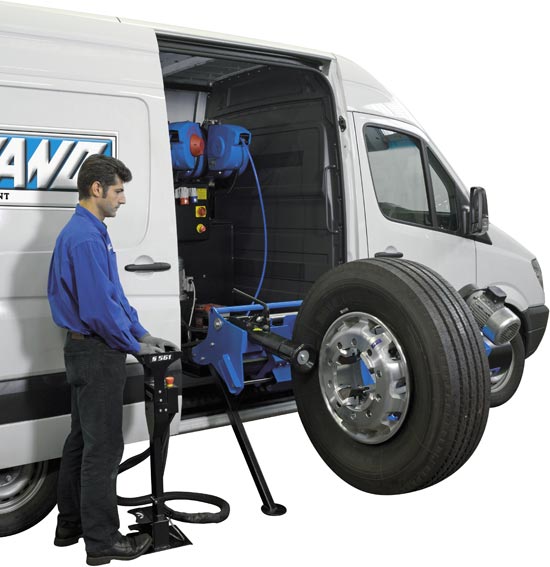Experience Accuracy with GMC Tire Service at Morris Tires
Tire Service: The Effect of Climate Condition
When it concerns guaranteeing optimal efficiency and safety when traveling, recognizing the influence of weather on tire solution is crucial. From scorching heat to icy roadways, each weather condition element can dramatically influence tire performance and total driving experience. By diving right into the effects of varying climate problems on tires, vehicle drivers can acquire useful insights that might boost their lorry's performance and longevity. In this conversation, we will explore the detailed relationship between climate problems and tire service, clarifying the importance of weather-specific tire upkeep methods and considerations.
Heat and Tire Performance
When subjected to high temperatures, tires experience modifications in performance that can substantially influence vehicle security and handling. The warmth produced from prolonged driving or warm climate problems creates the tire rubber to soften, causing lowered tread life and increased wear. As the rubber comes to be softer, the tire's hold when traveling diminishes, impacting braking ranges and total traction. In severe situations, extreme warm can even trigger tire blowouts, posing an extreme safety and security risk to the car and its owners.

Winter Results
Cold weather conditions can have a considerable influence on tire performance and security. As temperatures drop, tire rubber can solidify, bring about reduced grip on icy or snow-covered roadways. In chilly climate, tires may likewise lose atmospheric pressure extra swiftly, which can impact handling and fuel performance. In addition, chilly temperature levels can trigger tire sidewalls to tense, raising the risk of damage from craters or other road threats.
To alleviate the effects of chilly climate on tires, it is vital to routinely inspect tire pressure and inflate them to the maker's advised degrees. Making use of winter months or all-season tires developed for cool weather conditions can additionally boost grip and grip on icy or snowy roads. Appropriate tire upkeep, consisting of regular examinations for wear and damages, comes to be much more vital during colder months to make sure ideal efficiency and security.
Rainy Conditions Influence
During wet conditions, tire efficiency and safety and security can be substantially influenced by the damp road surface areas and decreased exposure. click to read The walk pattern of tires plays a crucial duty in keeping traction on damp roads. Tires with damaged footsteps are extra prone to hydroplaning, where a layer of water develops between the roadway and the tire surface, resulting in loss of grip. To fight this, vehicle drivers ought to frequently inspect their tires for ample step depth and consider investing in tires specifically designed for wet problems.
In addition, stormy weather condition can also decrease exposure, making it testing for motorists to see the road ahead plainly (GMC Tire Service). In such problems, it is vital to change driving rates appropriately and maintain a risk-free adhering to distance to permit for unexpected stops. Correctly filled with air tires can additionally help in preserving control on wet roadways by offering better handling and grip
Snow and Tire Security
When driving in snowy conditions, having the best tires can make a considerable distinction in safety and security and performance. Winter months tires are designed with special rubber compounds and step patterns to offer better grip on snow and ice contrasted to all-season tires.

It is vital to comply with manufacturer directions when utilizing and installing tire chains to prevent damage to the tires and lorry. By picking the appropriate tires, preserving proper rising cost of living, and taking into consideration added traction aids like tire chains, vehicle drivers can improve their security when browsing snow-covered roadways.
Weather-Related Tire Maintenance
When confronted with different climate condition, appropriate tire upkeep ends up being a vital aspect of automobile security and performance. Weather-related tire maintenance incorporates a variety of methods intended at making sure ideal tire function and durability in different climate scenarios. One essential element of weather-related tire upkeep is tire stress law. Varying temperatures can create tire pressure to vary, impacting traction and gas effectiveness. Regularly inspecting and changing tire pressure according to producer referrals is important for secure driving in transforming climate conditions. In addition, tire step deepness plays a substantial role in taking care of various weather aspects. Tires with sufficient walk depth give better grip on wet or icy roads, reducing the danger of hydroplaning or skidding. this link When tread wear gets to a specific deepness is essential for keeping grip and security in damaging weather condition, checking tire tread consistently and replacing tires. By focusing on weather-related tire maintenance, vehicle drivers can boost security, improve vehicle efficiency, and lengthen the life-span of their tires.
Verdict
Finally, weather have a substantial effect on tire performance and security. From warmth impacting tire stress and use to chilly climate decreasing grip, it is crucial to think about the weather when keeping and utilizing tires. Stormy problems can decrease hold and result in hydroplaning, while snow can increase the danger of accidents if tires are not effectively furnished. Weather-related tire maintenance is critical in making sure ideal performance and safety when driving.
In this conversation, we will explore the elaborate partnership in between weather condition problems and tire service, shedding light on the relevance of weather-specific tire maintenance methods and factors to consider.
